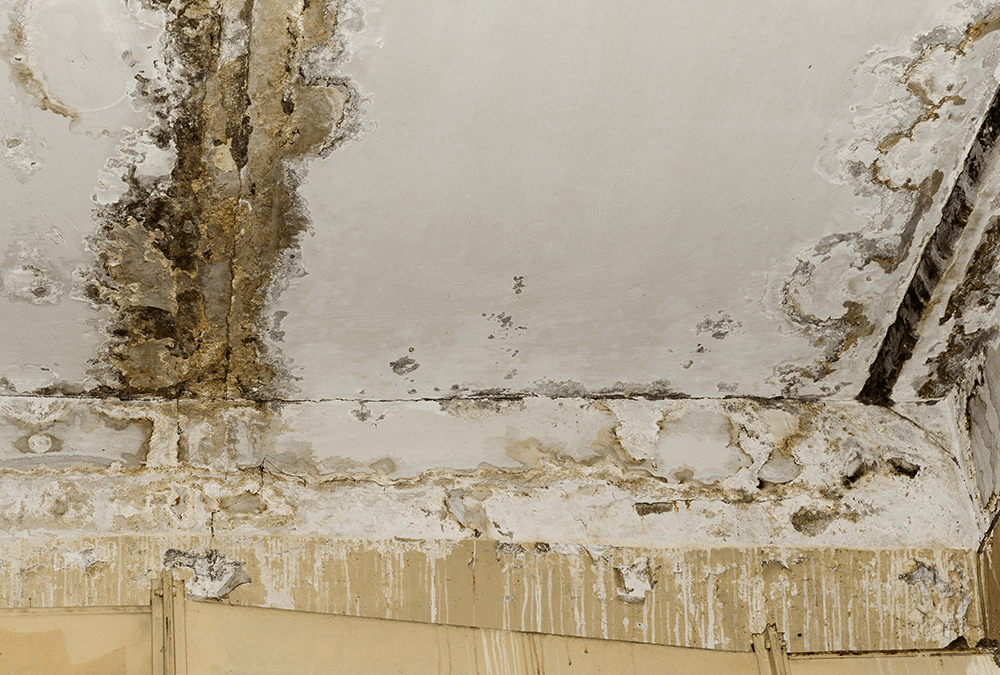Typical Causes of Water Damage in a Bathroom
Typical Causes of Water Damage in a Bathroom
Blog Article
This article below in relation to Common Causes of Water Damage in a Bathroom is without a doubt interesting. Read it yourself and decide what you think about it.

The restroom is incredibly susceptible for damp build-up as well as prospective water damage due to the regular use water in it. This write-up offers simple evaluation methods to aid identifying water damage risks.
The regular use of water in the bathroom makes it incredibly susceptible for damp build-up as well as prospective water damages. By evaluating it consistently, you can lower water related damages.
The following set of inspections is easy to carry out and ought to be done when in every three months in order to keep your restroom in good shape and to prevent potential water damages caused by the bathtub, the shower, pipe joints and plumbing, sinks, cabinets, and also the commode
Do not forget executing these examinations and also be complete while executing them. Bear in mind that these basic evaluations can save you a lot of cash by giving very early indicators for water damage
Sinks and Cabinets
Sinks and closets are revealed to wetness as well as humidity daily and also are usually ignored. Examine regularly under the sink and also on the counter top above it. Fix any type of drip in the trap as it might suggest drainpipe issues. Look around the sink, slow-moving draining pipes may suggest a blocked drainpipe. Replace sink seals if they are cracked or loosened.
Bathtub and also Shower
The shower as well as bath tub need special focus and upkeep. Examine the tiles and also replace if cracked. See to it that there is no missing grout in between the ceramic tiles. Inspect and also replace fractured caulking at joints where the wall surfaces meet the flooring or the tub. Clogged drains pipes and pipelines issues will certainly stop the bathtub from drying out and might suggest serious issues beneath the bath tub. Speak with a specialist instantly to stop structural damages. Pay attention to stainings or soft areas around the tub walls as they may show an interior leak.
Plumbing
Signs for water damage are tough to discover since a lot of pipes are set up inside the wall surfaces.
Pay special focus to flooring as well as wall surfaces wetness and also stains as they might show an unnoticeable plumbing trouble. Check wetness levels in adjoining areas as well.
The Bathroom
The commode is a susceptible water joint. Examine the water lines as well as look for leakages around the toilet seat, in the pipe, and under the water storage tank. If you find any indications of dampness on the floor around the toilet, look for leakages in the toilet rim as well as container seals.
Be aware that hanging toilet dish antiperspirants increases the possibilities for blockages.
TIPS TO PREVENT WATER DAMAGE IN THE BATHROOM
The average household uses approximately 80-100 gallons of water per person per day. For a family of 4, that's almost 2,500 gallons of water a week! The largest portion of this consumption comes from bathroom use. Flushing the toilet uses the most water, followed by taking a shower or bath. With that much water running through the home, water damage in the bathroom is bound to happen. Knowing how to spot signs of a water leak is essential to preventing long-term damage. This guide provides you with tips to reduce the impact of water damage on your bathroom.
CAUSES OF BATHROOM WATER DAMAGE
Pipe breaks are the most common cause of water damage we see in our daily jobs. The age of a pipe plays a large role in a pipe break as well as corrosion. Over time, the metal begins to break down, allowing water to escape. Frozen pipe breaks are also a concern in the winter months. Toilet overflows caused by paper products or children flushing inappropriate items. Degraded caulking around the toilet or bathtub can allow water seepage, sometimes behind the fixture, into the subfloor or walls. Condensation forms when the water in a pipe is cooler than the air temperature. Beads of water form on the exterior of the pipes, sometimes so much so that the water begins to drip and pool below. Sink or shower backups created by poor drainage. HOW TO PREVENT WATER DAMAGE IN YOUR BATHROOM
Inspect your toilet supply line for worn or frayed hoses and replace them as needed. Winterize your plumbing to prevent a frozen pipe break. Use vent fans to prevent condensation that can lead to mold growth. Routinely check and replace degraded caulking around your toilet or bathtub. Increase the temperature in your toilet tank and insulate your pipes during the warm summer months to keep condensation from forming. Use child safety locks on the toilets. Flush only toilet paper. "Flushable" wet wipes are actually not good for your plumbing system. Additionally, feminine hygiene products should not be flushed. Prevent water from escaping the tub or shower. Make sure shower curtains are in good condition. Inspect shower doors and replace the seal strip if necessary. Wipe up any water that accumulates on the floor and use bath mats. Water left to sit can cause damage to the tiles and flooring. Refrain from using bath products containing heavy oils to avoid a clogged drain.

Do you really like reading up on Common Causes of Water Damage in a Bathroom? Place a review below. We'd be pleased to listen to your ideas about this content. Hoping that you visit us again later on. Sharing is good. Helping people is fun. I treasure reading our article about How to Repair and Prevent Bathroom Water Damage.
Call Us Today Report this page